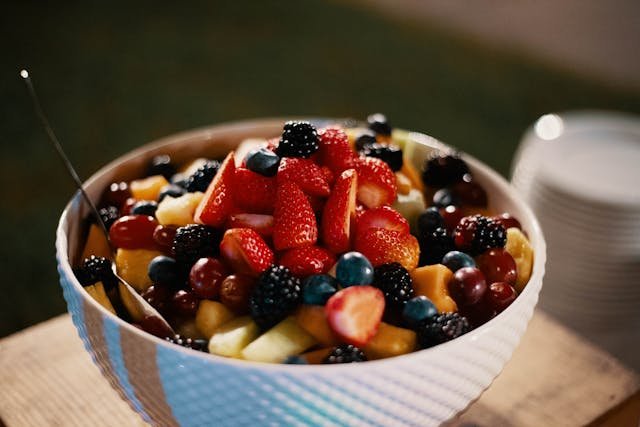
What diabetics needs to know about their food.
Contributed by
Dr Muhammad Yaseen MD(Medicine)
Senior consultant Medicine .
Formerly Prof Dept of Medicine GMC Srinagar Kashmir
The glycemic index is a tool that’s often used to promote better blood sugar management.
Several factors influence the glycemic index of a food, including its nutrient composition, cooking method, ripeness, and the amount of processing it has undergone.
The glycemic index can not only help increase your awareness of what you’re putting on your plate but also enhance weight loss, decrease your blood sugar levels, and reduce your cholesterol.
What is the glycemic index?
The glycemic index (GI) is a value used to measure how much specific foods increase blood sugar levels.
Accordingly foods are classified as low, medium, or high glycemic foods and ranked on a scale of 0–100.
The lower the GI of a specific food, the less it may affect your blood sugar levels
Here are the three GI ratings:
Low: 55 or less
Medium: 56–69
High: 70 or above
Foods high in refined carbs and sugar are digested more quickly and often have a high GI, while foods high in protein, fat, or fiber typically have a low GI.
Foods that contain no carbs are not assigned a GI and include meat, fish, poultry, nuts, seeds, herbs, spices, and oils.
Other factors that affect the GI of a food include the ripeness, cooking method, type of sugar it contains, and amount of processing it has undergone .
Another factor is Glycemic load (GL)
What is glycemic load?
The GI, which doesn’t take into account the amount of food eaten, the GL factors in the number of carbs in a serving of a food to determine how it may affect blood sugar levels
For this reason, it’s important to take both the glycemic index and glycemic load into consideration when selecting foods to help support healthy blood sugar levels
SUMMARY
The glycemic index is used to measure how much a specific food increases your blood sugar levels. The higher the GI, the greater the effect on blood sugar levels.
Low glycemic diet
The low glycemic diet involves swapping out foods with a high GI for those with a lower GI.
Benefits
Following a low glycemic diet may offer several health benefits, including:
Improved blood sugar regulation.
Many studies have found that following a low GI diet may reduce blood sugar levels and improve blood sugar management in people with type 2 diabetes .
Increased weight loss.
Some research shows that following a low GI diet may increase short-term weight loss. However, more studies are needed to determine how it affects long-term weight management .
Reduced cholesterol levels.
Following a low GI diet may help lower levels of both total and LDL (bad) cholesterol, both of which are risk factors for heart disease
How to follow
A healthy, low glycemic diet should comprise mostly low GI foods, such as:
Fruits: apples, berries, oranges, lemons, limes, grapefruit
Non-starchy vegetables: broccoli, cauliflower, carrots, spinach, tomatoes
Whole grains: quinoa, couscous, barley, buckwheat, farro, oats
Legumes: lentils, black beans, chickpeas, kidney beans
Foods without a GI value or with a very low GI can also be enjoyed as part of a balanced low glycemic diet. They include:
Meat: beef, bison, lamb, pork
Seafood: tuna, salmon, shrimp, mackerel, anchovies, sardines
Poultry: chicken, turkey, duck, goose
Oils: olive oil, coconut oil, avocado oil, vegetable oil
Nuts: almonds, macadamia nuts, walnuts, pistachios
Seeds: chia seeds, sesame seeds, hemp seeds, flax seeds
Herbs and spices: turmeric, black pepper, cumin, dill, basil, rosemary, cinnamon
Although no foods are strictly off-limits on the diet, foods with a high GI should be limited.
Foods with a high GI include:
Bread: white bread, bagels, naan, pita bread
Rice: white rice, jasmine rice, arborio rice
Cereals: instant oats, breakfast cereals
Pasta and noodles: lasagna, spaghetti, ravioli, macaroni, fettuccine
Starchy vegetables: mashed potatoes, potatoes, french fries
Baked goods: cake, doughnuts, cookies, croissants, muffins
Snacks: chocolate, crackers, microwave popcorn, chips, pretzels
Sugar-sweetened beverages: soda, fruit juice, sports drinks
Ideally, try to replace these foods with foods that have a lower GI whenever possible.
SUMMARY
Following a low glycemic diet involves swapping out foods that have a high GI with low GI alternatives. A low glycemic diet may help manage blood sugar levels, reduce your cholesterol, and boost short-term weight loss.
Glycemic index of foods
Determining the GI of foods that you often eat can be useful if you’re following a low glycemic diet.
Here are the GI values for a few ingredients
Fruits
Apples: 36
Strawberries: 41
Dates: 42
Oranges: 43
Banana: 51
Mango: 51
Blueberries: 53
Pineapple: 59
Watermelon: 76
Vegetables
Carrots (boiled): 39
Plantains (boiled): 66
Sweet potatoes (boiled): 63
Join the mailing list!
Get the latest articles delivered right to your inbox!
